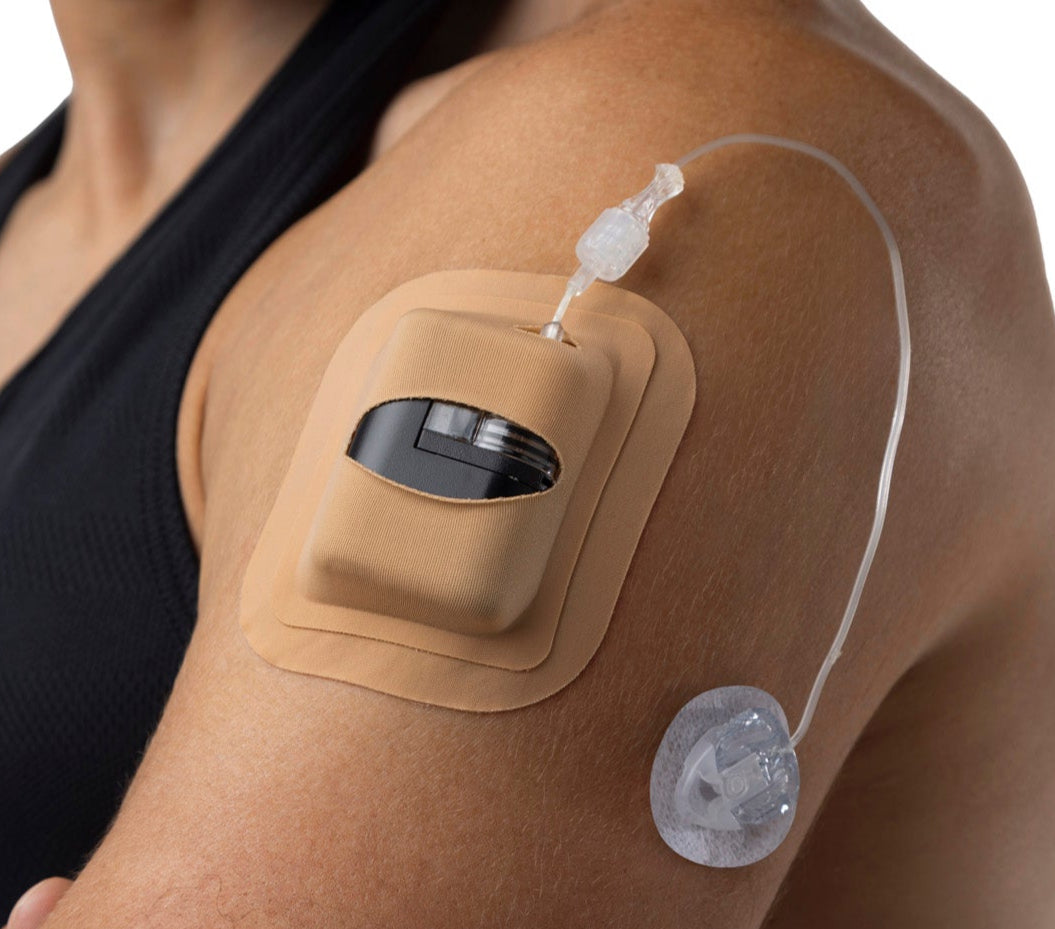 (fernandozhiminaicela / pixabay)
(fernandozhiminaicela / pixabay)
As a person with diabetes, you know the role the pancreas plays in our lives. For most people, the pancreas is the organ that produces the insulin that cells use to regulate blood glucose levels. People with Type 1 diabetes lack a particular type of cell in the pancreas, rendering it incapable of secreting insulin. As a result, people with diabetes are wholly dependent on insulin injections to manage their blood glucose. What if we can use medical technology to create a new pancreas?
Is that even possible?
Medical researchers, inventors, and patients are collaborating as we speak to create just such a thing. Artificial pancreas systems are arrays of medical devices that imitate the function of a human pancreas. Because of this, they are sometimes referred to as bionic pancreas. Other names for these systems include closed-loop systems or automated insulin delivery systems. The system consists of a continuous glucose monitor (CGM), an insulin pump, and a glucose meter. These combined devices are used to simulate the function of a human pancreas. The device continuously monitors the amount of glucose in the bloodstream and is capable of increasing, decreasing, or cutting off the supply of insulin to the blood.
New models, such as the Medtronic 770G, are capable of all this, in addition to connecting to wireless devices with their smartphone app, which allows users to see their blood glucose in real-time, trends over time, and receive alerts when their blood glucose is too high or too low.
How does it work?
There are four components that together form the artificial Pancreas Device System: a Continuous Glucose monitor, a Computer-controlled Algorithm, the Insulin Pump, and the patient. Together these components work together to manage insulin and blood glucose levels. Depending on the devices used, there are a few different types of insulin delivery systems, including the suspended threshold, insulin-only systems, and dual-hormone systems.
Suspend systems use CGM readings to automatically suspend insulin delivery when blood glucose falls too low. They do not automatically increase insulin delivery. Insulin-only systems can increase or decrease insulin delivery, depending on the blood glucose level. These systems often rely on patients to calculate mealtime doses. Lastly, dual-hormone systems use insulin and glucagon to both raise and lower blood glucose, just as a pancreas and liver would do in the body.
Continuous Glucose Monitor
If you use our adhesive patches for your Freestyle Libre, Dexcom G6, Medtronic Guardian, or Eversene devices, you know about CGMs. Simply put, they are medical devices that actively sense the amount of glucose in the blood. Users can get minute-by-minute readings of their blood sugar and use that data to plan their own care.
Insulin Pump
Insulin pumps are devices that release insulin into the body. This insulin is used by the cells to regulate blood glucose levels. While many insulin pumps use presets to automatically release steady amounts of insulin throughout the day, pumps used in an Artificial Pancreas Device System work in combination with the CGM, algorithm, and patient to deliver adjusted doses to the body as blood glucose fluctuates.
Computer Controlled Algorithm
Software in these medical devices can be used to manage the complex calculations and adjustments that are necessary to automatically regulate the amount of insulin that pumps should release into the body. The algorithm is responsible for combining the function of the CGM and the insulin pump so they can work in concert. This software can be installed into the devices themselves or on a separate device, such as a mobile phone.
The Patient
The most important part of the artificial pancreas system is the patient, as they are the object this array of devices works on. As their metabolism, activity level, diet, and insulin needs change, their devices are responsible for adapting to their needs. The patient is also primarily responsible for monitoring and maintaining these devices, as sensors need to be replaced and insulin pumps stocked with insulin. Additionally, the patient will need to calibrate these devices until technology improves.
What are the drawbacks of an artificial pancreas system?
The artificial pancreas system is not completely self-contained or self-managed. Users are still ultimately responsible for managing their blood sugar. Although the CGM and insulin pump are capable of doing most of the work for you, they may need to be calibrated, repaired, or replaced with some regularity. Additionally, the artificial pancreas system can’t yet manage mealtime insulin without input from the user, so it is still necessary to count carbs and input meals into the system.
How can I get one?
Like other medical devices, there may be some red tape before you can get approval for a full artificial pancreas system. You will need a prescription from a doctor and an insurer to cover the cost of the array. Depending on your coverage, the insurer may not cover the total cost of your system.
Another way you may be able to get an artificial pancreas system is by participating in medical studies. Clinical studies are used to determine the efficacy of devices, hormones, software, and other aspects of diabetes management. By participating in research, not only can you gain access to new devices and procedures, but you can help improve the lives of other people with diabetes by offering your feedback on the newest devices.
Infographic
Are you one of several people with Type 1 diabetes? Then, you are aware of the role of the pancreas in the body and how it does not work as how it should. Did you know that with the evolving medical technology, there is a possibility of creating a new pancreas? Read about this and more in this infographic.

























